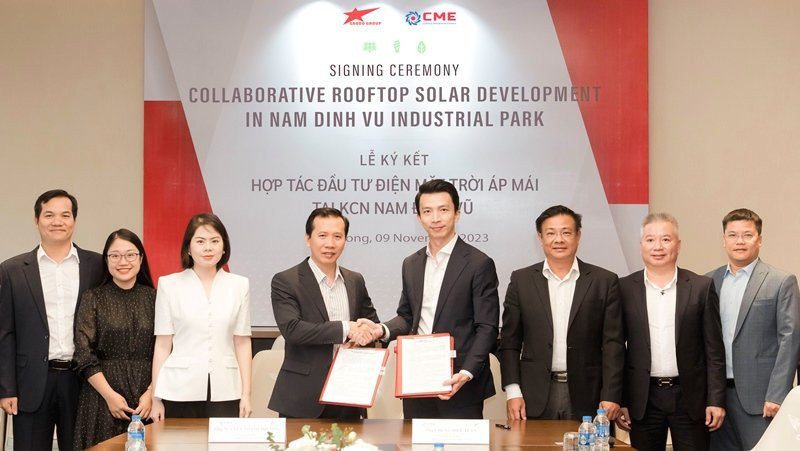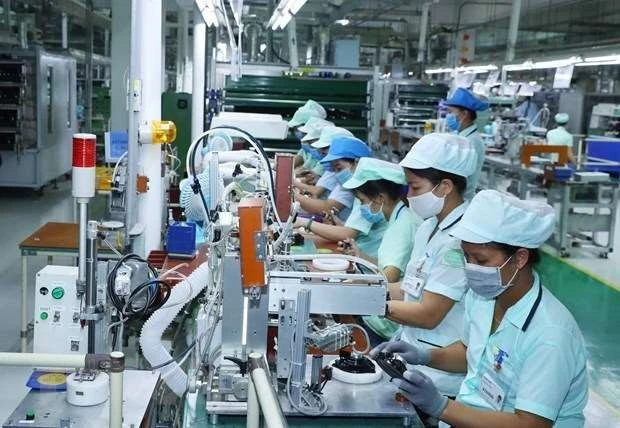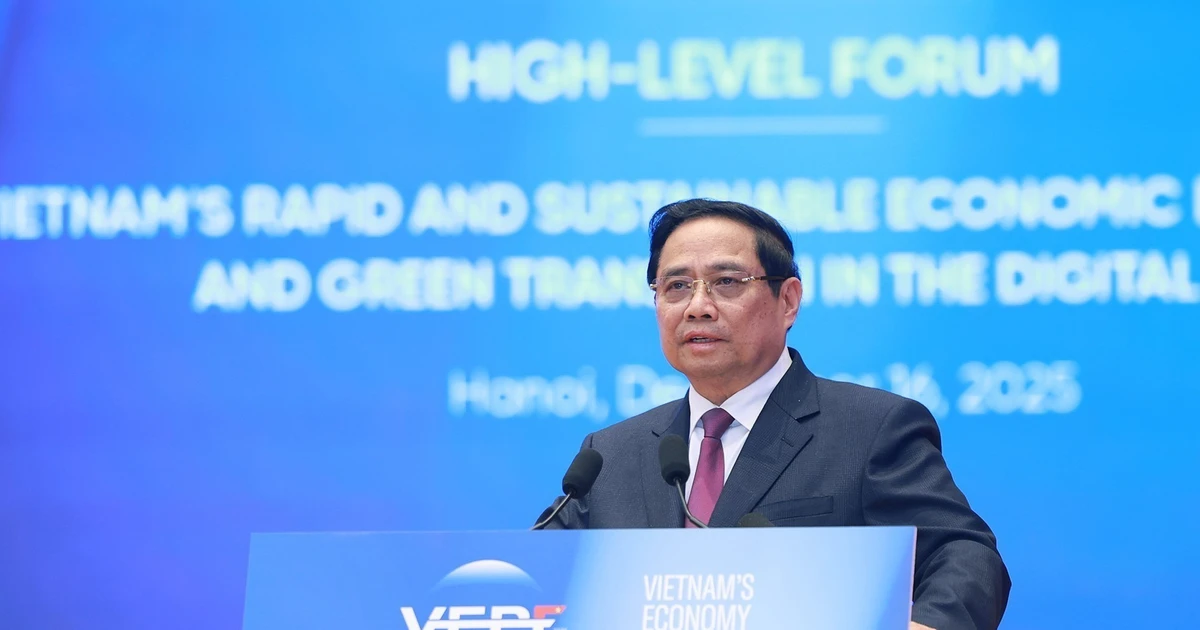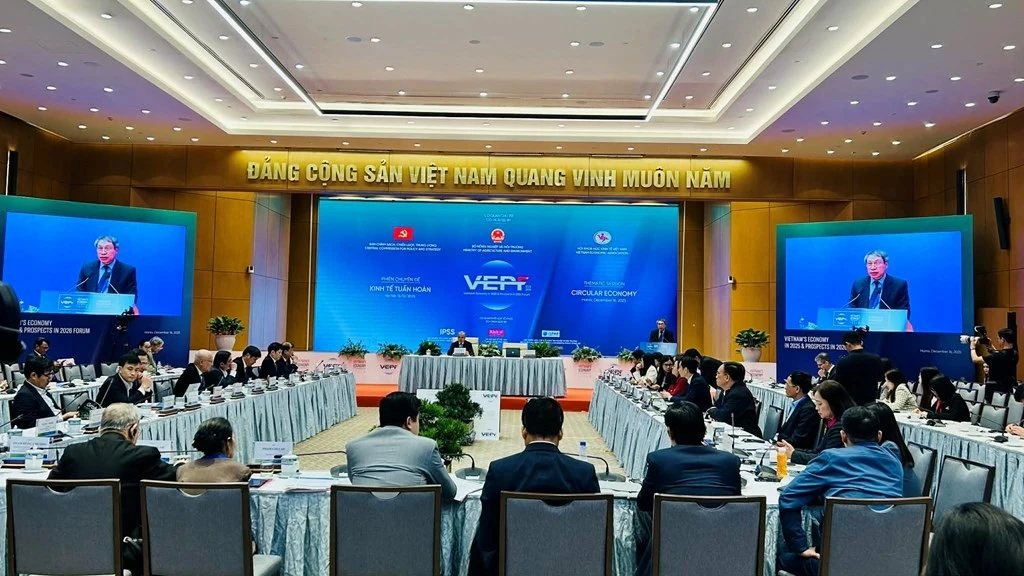Accordingly, at the signing event, industrial park investor Sao Do Group and CMES introduced a prospective cooperation agreement, intending to support businesses in Nam Dinh Vu Industrial Park to access and utilise clean power sources with optimal cost efficiency.
The total solar power capacity that can be installed for the entire Nam Dinh Vu Industrial Park is expected to exceed 1GWp. Therefore, the two companies aim to develop the project at 50MWp in the first phase by mid-2024, increasing to 200MWp by 2025 and 700MWp by 2030.
The initiative also aims to reduce carbon emissions, making an important contribution to the sustainable development of the industrial park. The agreement also marks the first step for Sao Do and CMES to expand other renewable initiatives in the near future.
Nam Dinh Vu Industrial Park, with a scale of 1,329ha, owns four functional subdivisions with a modern, synchronous and complete infrastructure and is expected to expand further over the next few years.
With a prime location in the Hai Phong Economic Zone, this industrial park is considered to have great appeal towards investors, both designed in combination with the seaport system and logistics services in northern Vietnam and is expected to become a national logistics service centre by 2025.
Currently, the industrial park has attracted 65 domestic and international projects, including foreign ones from Japan, the Republic of Korea, China, Germany, France and Singapore, with diverse industries such as garments, furniture and electronics.
Enterprises in Nam Dinh Vu Industrial Park have signed cooperation agreements to promote green development in the industrial park, prioritising environmentally friendly technologies and deploying renewable energy in production and business activities through rooftop solar power systems.
This also helps reduce pressure on the national electricity system, especially during the peak dry season. Businesses are also increasing their use of renewable energy, integrating with Vietnam's commitment to achieving net-zero emissions by 2050.
















